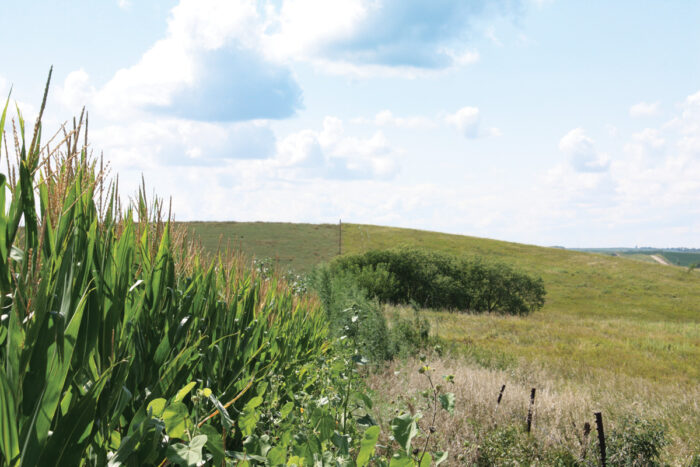
In graduate school my research involved comparing the health of soils in remnant native tallgrass prairies to adjacent farmlands. One of the lessons I learned is that we’d all be better off if we could stop tilling and other unsustainable practices and instead garden like a prairie. The prairies I studied were teeming with biodiversity above and below ground. The air was abuzz with pollinators and other wildlife. The rich, dark topsoil was deep, crumbly, and easily penetrated by plant roots.
In contrast, the farmed soils were usually lighter in color, since repeated tillage had burned off the layer of organic matter that had accumulated during millennia of undisturbed grassland growth. Farmed soils also lacked the crumbly texture of the prairie soils and were often compacted and inhospitable to plant growth. The farm fields sat bare and vulnerable to erosion much of the year; soil loss was particularly evident along fence lines, where the surface of the tilled field was often inches lower than that of the neighboring prairie. The effects of soil disturbance may not be quite as easy to observe in a home garden setting, but we gardeners can greatly improve the health of the underground ecosystems in our care by taking lessons from the prairie to heart.
If you understand how prairie ecosystems function, you can make your garden more sustainable
My research focused on comparative laboratory analyses of the biological, physical, and chemical properties of the soil samples I collected. Studies like this provide us with a snapshot of what native soils were like before they were converted to farmland. They also give us quantifiable goals to aim for as we begin to heal degraded soils and learn how to garden and farm more sustainably.
Naturally, we expected that remnant prairies would have healthier soils than farmland. Even so, we were amazed to discover that both the biological and physical indicators of soil health that we measured in the prairie soil samples were at levels up to twice as high as those found in the farmed soils.
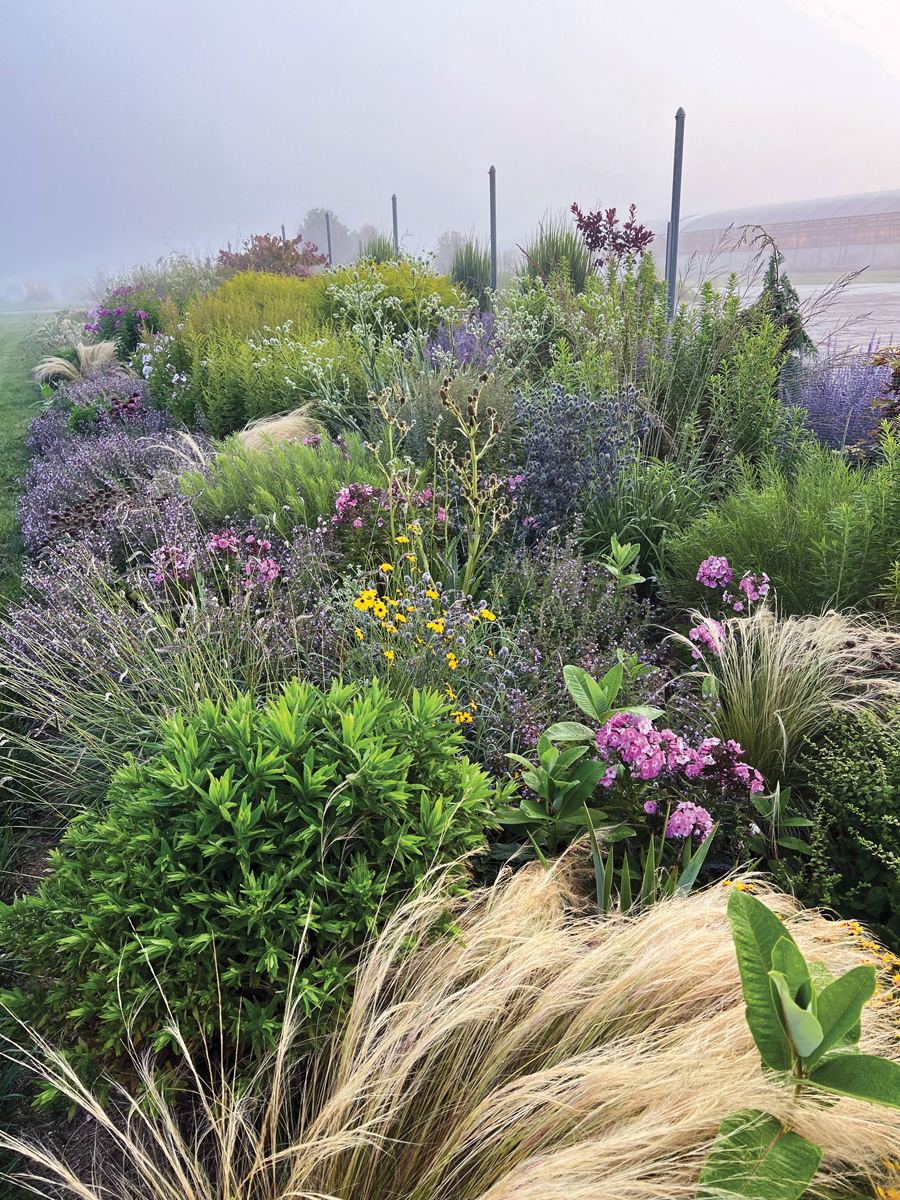
What lessons can we learn from the prairie that can be applied in our own backyards? Here are my garden takeaways:
Keep soil covered. You rarely see bare ground in the prairie. Aim to keep your flower beds covered year-round, preferably with living plants for as much of the year as possible. Plan plantings so that as early-season plants fade away, they are replaced by later-season plants. In vegetable gardens, use succession plantings and overwintering cover crops to minimize periods when soil is bare.
Feed the life in your soil. The best way to quickly improve the microbial abundance and activity in your soil is to provide the life of the soil with organic matter at different levels of decomposition. Incorporate decomposed organic materials, such as manure and compost, in addition to maintaining living plant cover throughout the year. These practices will give your microbial community a wide range of food sources.
Do not disturb. Minimize tillage as much as possible. Avoid rototilling or turning soil in vegetable gardens. Mulch, mulch, mulch, especially where residues of flower and crop plants are thin. Feeding the soil and avoiding disturbance encourages soil life and helps soil gain organic matter and store carbon. As a bonus, soil that is higher in organic matter drains quickly when it’s wet and holds more moisture when it’s dry, making your plantings more resilient to both flood and drought.
Rely on perennials. Annual plants make up only 25% of prairie plant communities. Consider a mixture of grasses, shrubs, and flowers to achieve the look and soil benefits of the American Prairie. Perennial grasses and forbs pretty much carpet the ground in prairie ecosystems, choking out the competition, a.k.a. weeds, and building soil.
Encourage diversity above and below ground. Pay attention to the rooting habits of your plants. Most prairie plant species root in the top 6 to 12 inches of soil, but some grassland plants, especially shrubs, can send roots as deep as 8 to 10 feet. This allows these plants to pull nutrients and water from different depths. Deep roots also break up compaction, allowing for water infiltration, increased organic matter underground, and improved nutrient uptake for the entire plant community. Chances are good that if your aboveground aesthetic is diverse, then the roots below will also provide diverse habitats for the microbes and other critters in your soil.
Match plants to the environment. Pay close attention to your garden’s microclimates and how your plants respond to the differences in light, soil, and moisture availability in different locations. In prairies, you will find different mixes of plants in low, wet areas than you will on dry, exposed ridges. If you are finding that it takes a lot of extra effort just to get a plant to survive in a particular location, swap it out for another plant that will thrive there.
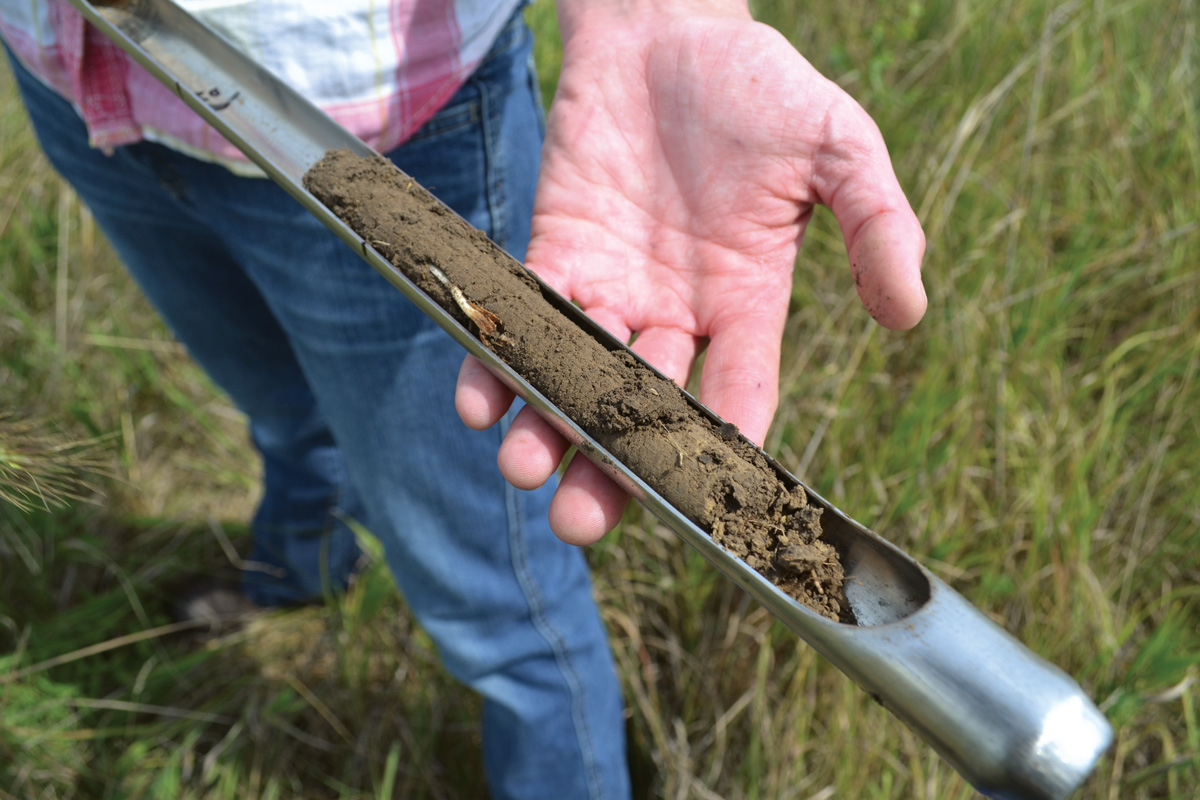
Healthier gardens build a better planet
Making your garden more like a prairie is not just an intellectual exercise. It’s also about contributing to a better planet. One of my motivations for studying soil is to raise awareness of the importance of preserving the precious topsoil in our farmlands.
Soils have a tremendous capacity to store carbon as organic matter. That’s one of the measures in our suite of soil health tests that the
Cornell Soil Health Lab provides for farmers and gardeners, allowing them to track how their soils improve when they begin to farm or
garden more like a prairie.
Less tillage, more cover crops, and similar practices can help our farmers store greenhouse gases in their soils, contributing to climate solutions. We gardeners might not manage land on the same scale that farmers do, but we can still do our small part. We, too, can store carbon in our soil while cultivating beautiful landscapes and harvesting nutritious and tasty fruits and vegetables. We can rethink how much lawn we mow and consider expanding our more diverse, sustainable plantings a little bit each season.
And there’s one selfish reason to imitate prairies: their healthy soils and mix of species matched to their microclimates make them very resilient. Prairies can serve as a splendid visual inspiration for perennial gardens while providing a foundation for a healthy system under the soil surface.
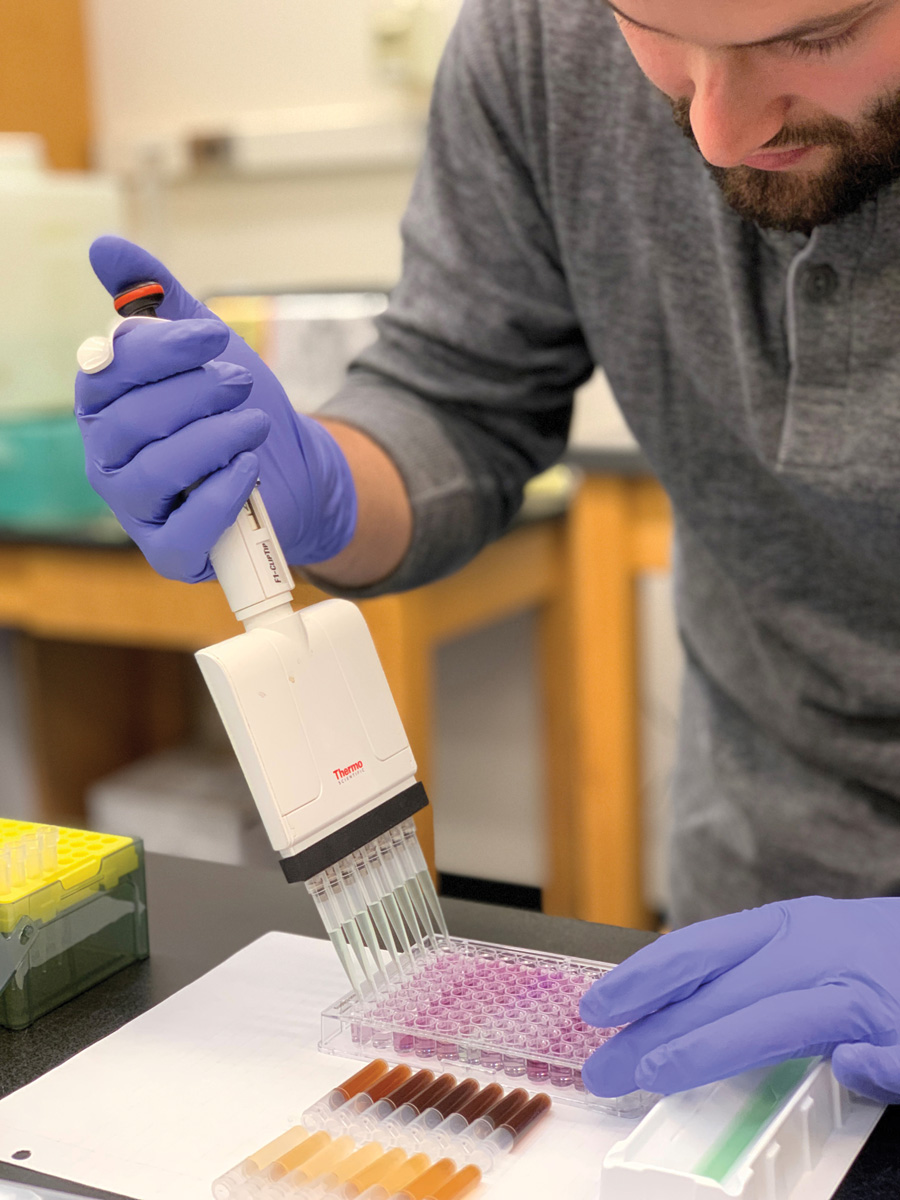
Kirsten Kurtz received her master of science degree from Cornell University and is now the assistant director of the Cornell Soil Health Laboratory.
Fine Gardening Recommended Products
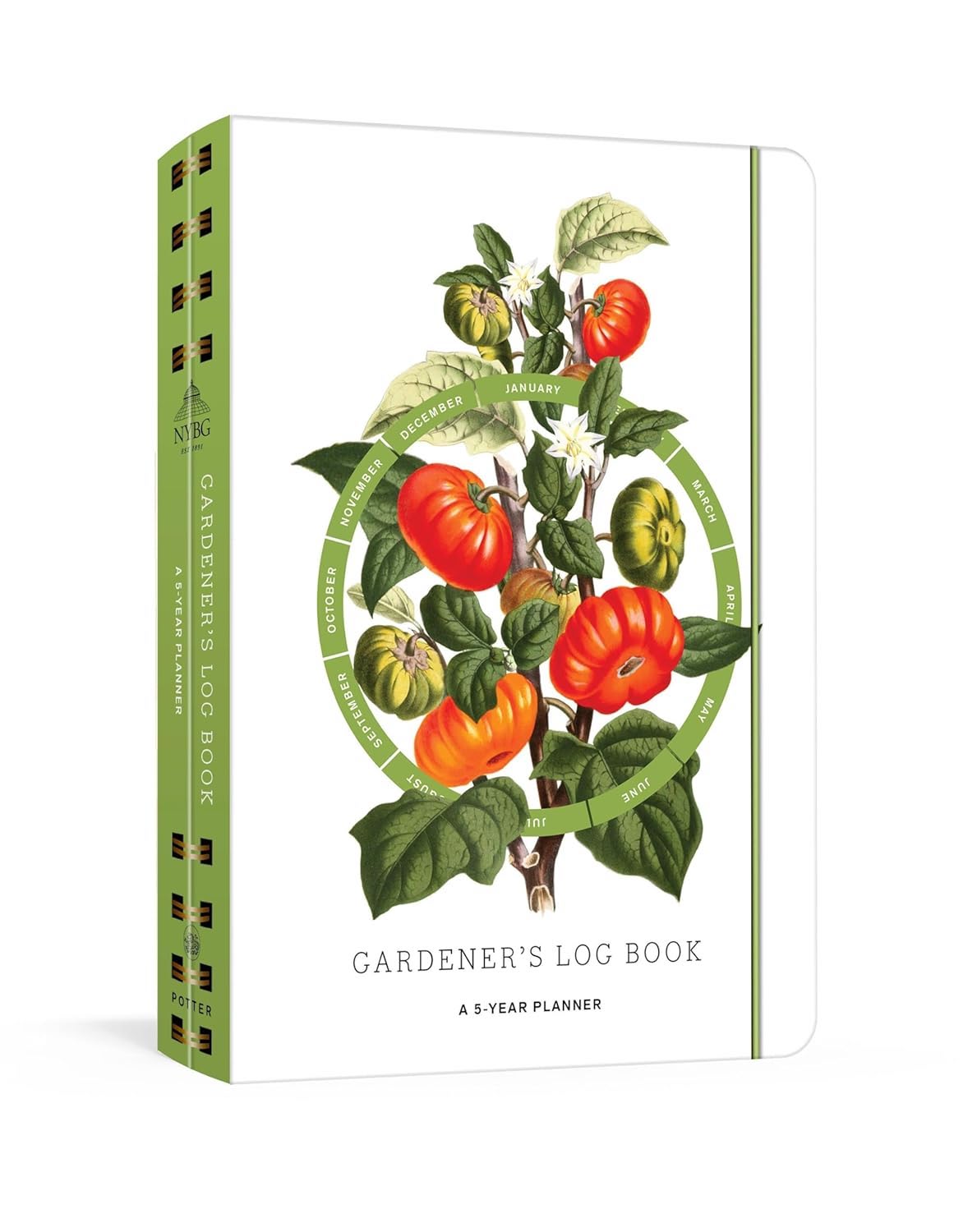
Gardener's Log Book from NYBG
Fine Gardening receives a commission for items purchased through links on this site, including Amazon Associates and other affiliate advertising programs.
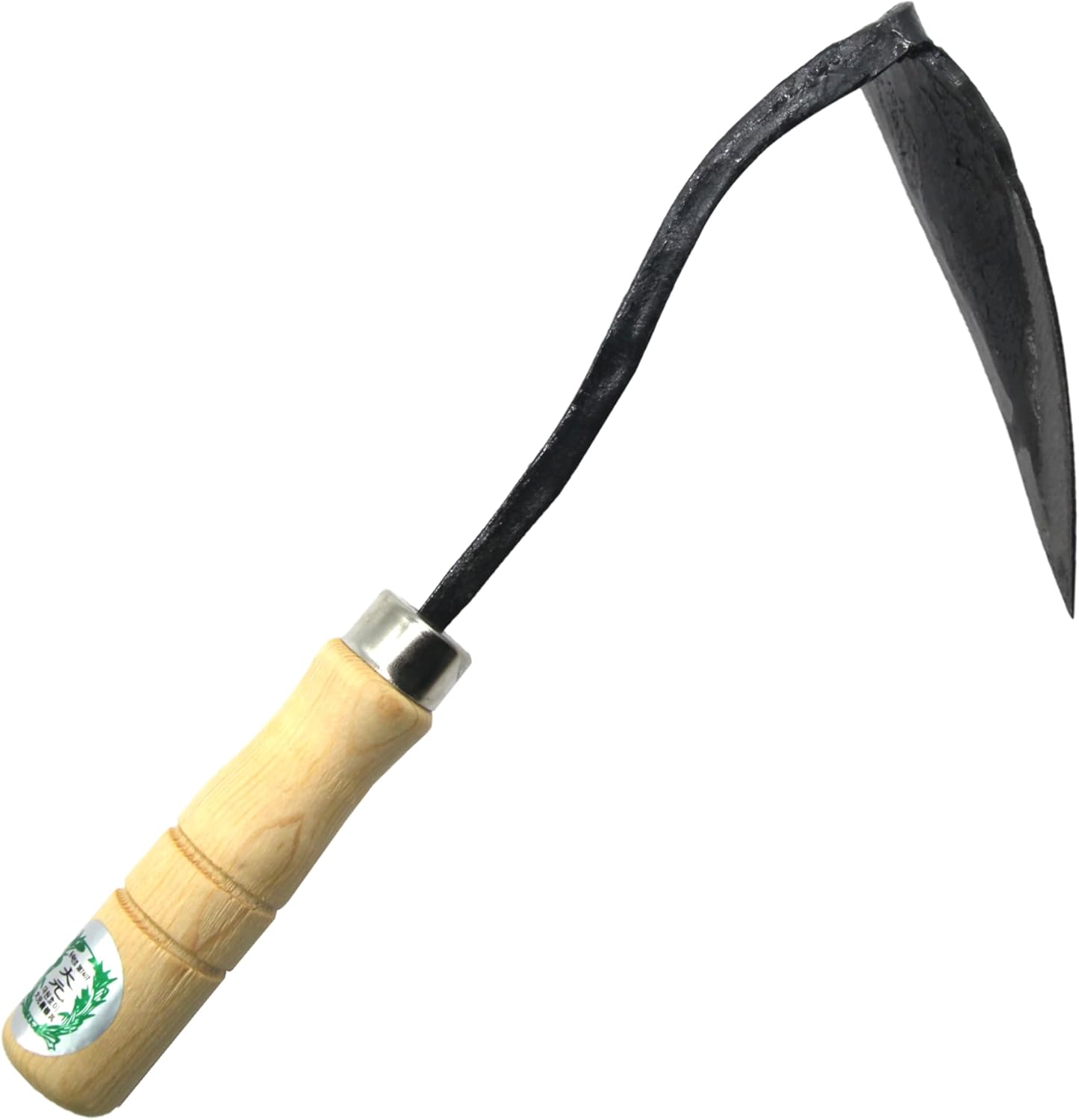
Ho-Mi Digger - Korean Triangle Blade
Fine Gardening receives a commission for items purchased through links on this site, including Amazon Associates and other affiliate advertising programs.

DeWit Spork with Solid Socket
Fine Gardening receives a commission for items purchased through links on this site, including Amazon Associates and other affiliate advertising programs.







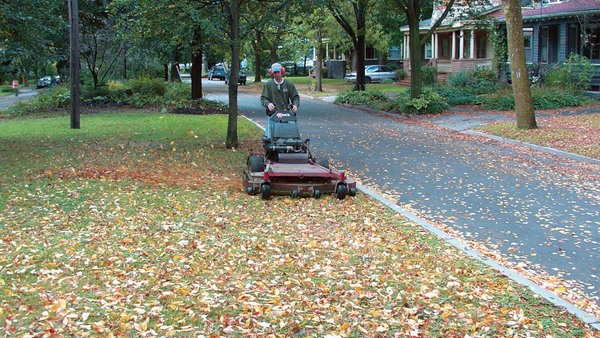
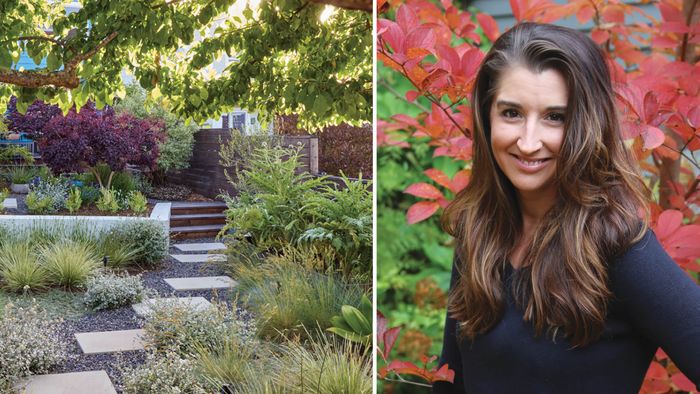
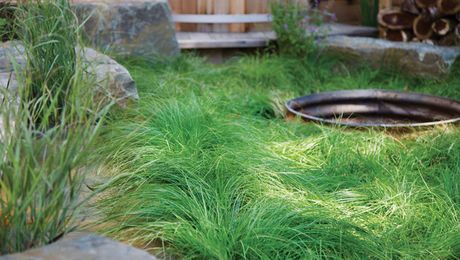











Comments
Log in or create an account to post a comment.
Sign up Log in